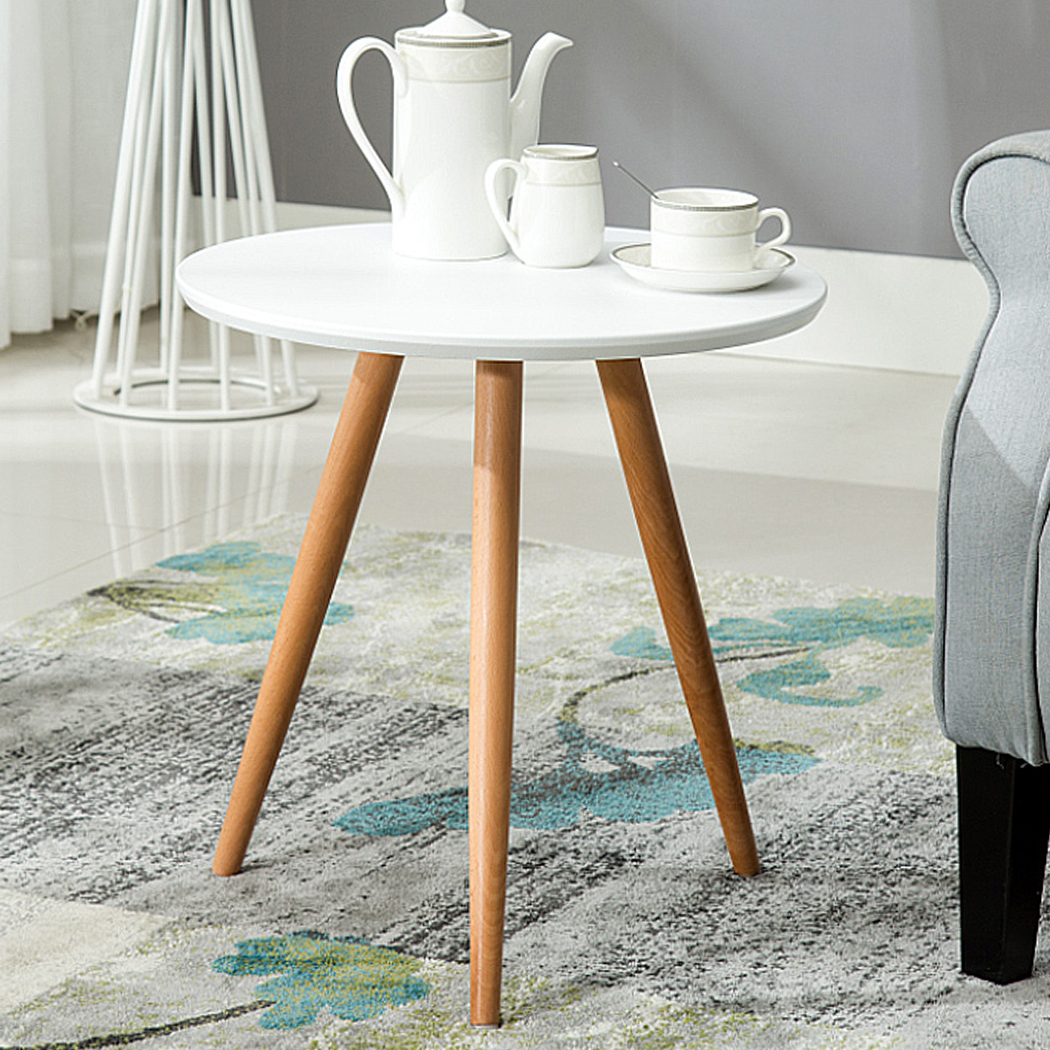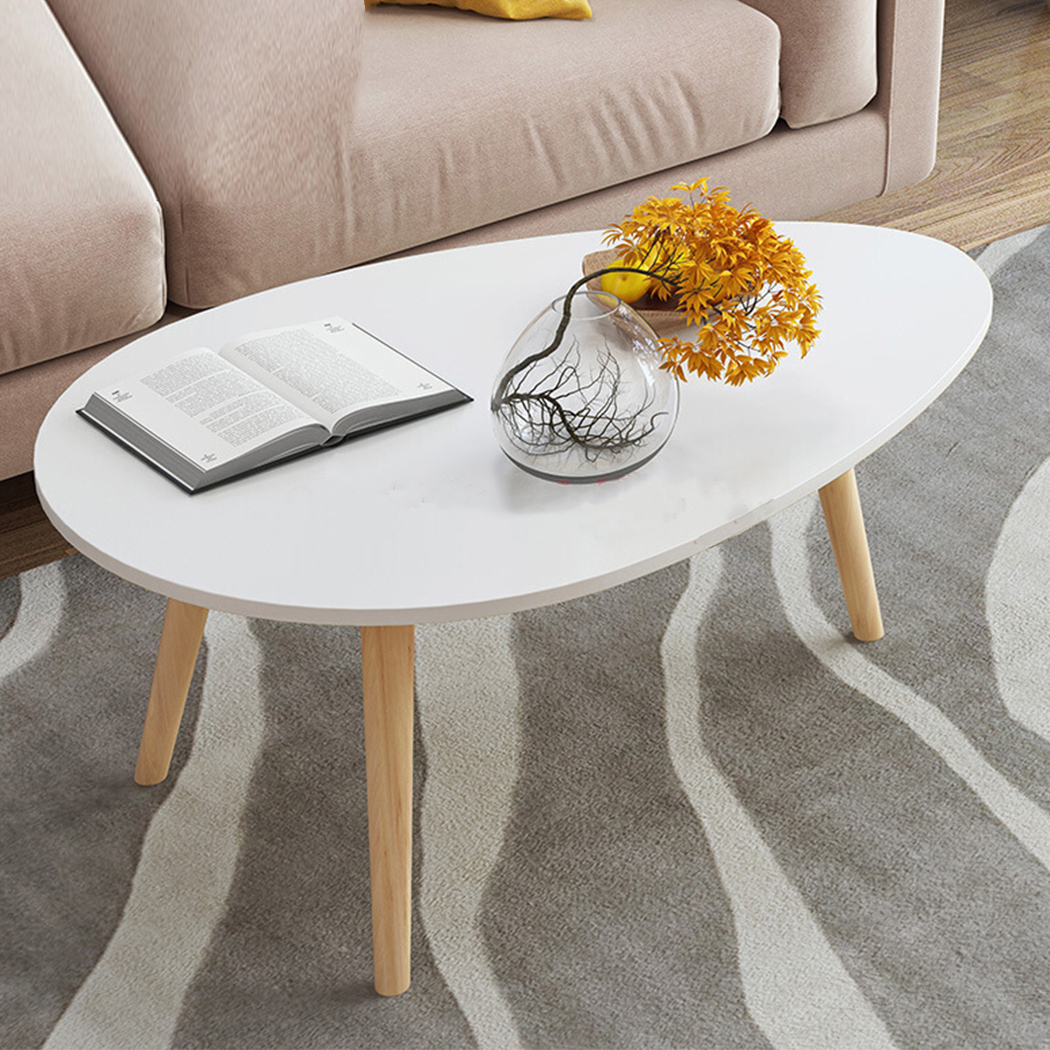Date Posted:15 December 2021
It happens to most people. You finally decide to make some changes in your living room or bedroom by rearranging furniture. You might love the new layout, but you spot out dents on your carpet left behind as little reminders of where the furniture used to be. Or maybe you move into a new apartment only to find out that the previous owner left behind slight dents on the carpet for you to fix.
No matter the situation, dents on a carpet can reduce the visual appeal of a well-polished and organised living room. You have come to the right place if you want to know how to fix indentations on your carpet.
Furniture, i.e. (sofa, tables, or bed) left in one place on a carpet for a while will leave behind dents. How you fix these Indentations depends on the extensive damage to the carpet. Today we will be providing you with a step-by-step guide on ways you can remove dents made on your carpet by furniture.

Using ice to fix carpet dents might seem far-fetched but it works.
You can't address the problem without exposing the indentation and knowing the extent of the damage. Rearrange your furniture so you can get enough space to fix the dent.
Once exposed, check your carpet to see what type of material it's made of:
● Synthetic fibers: You can use the ice method for typical synthetic fibres like olefin, polyester and nylon.
Since you already have dents in your carpet, you don't want to incur additional damage to your floor or material sensitive to water. Finished floors like wood can rot or be dumped if exposed to water. Place a rag, towel, or any other absorbent material on top of the floor at the place you intend to fix.
There is no limit to how many ice cubes are required; use as many ice cubes as you need to fill the whole dent. Once the ice melts, the carpet fabric will absorb the water and get fuller or swollen, reducing the indentation.
Note: Before applying ice to any part of your carpet, test it for colourfastness.
Leave the carpet with ice to absorb water overnight, allowing the fibres enough time to swell and regain their natural plumpness and shape.
After the carpet has had enough time to swell, use a dry absorbent material to blot any wet areas until it's relatively dry.
Once you’ve dried the carpet to the best of your ability, remove the protective layer you placed under the carpet.
Since the carpet has regained its original plumpness, you can fluff it back to its original shape. Using a coin, spoon, carpet brush, carpet rake, or your fingers, brush the carpet fibres, so they stand up straight like other unaffected parts of the carpet.

Remove the furniture that caused the indentation if it's still covering the affected area so that you can address the issue. Check to see what type of fibre material your carpet is made from.
● Steam iron: You can use this method for natural fibre carpets like sisal, cotton, or wool. Dents on carpets with natural fibre material are best removed with this method.
Steam and heat is the best way of fixing dents on natural fibre carpets. However, this might damage the floor underneath, especially for finished floors. Place an absorbent material underneath to act as a protective layer before beginning.
Add water to steam and turn it on to the highest level. Let it heat up, then hold it about 5 to 6 inches above the affected area of the carpet. Apply a steady jet of steam to the dent. Keep on applying the steam until the affected area is moist. After it regains plumpness blot the region until it's dry and brush the carpet fabric back to an upright position.
You can also soak a tea towel in water for challenging dents and wring out excess water. Place the damp towel on the dented area and turn on your iron box to a medium setting. Place the iron box on the towel after it's hot enough and apply slight pressure while you run the iron box over the damp towel for about one to two minutes.
Once you’re done, remove the iron box and leave the towel to dry in place. Then use a different towel to blot the carpet until it's dry to gain plumpness on your carpet fabric. Using a coin, spoon, carpet brush, carpet rake, or your fingers, brush the carpet fibres, so they stand up straight like other unaffected parts of the carpet.
Suppose you don't have a steam iron; use a spray bottle for moistening. After it’s moist enough, use a blow dryer to steam and heat the dented area on its hottest setting.
Hold the blow dryer 5 to 6 inches above the affected region until the carpet is hot enough.
Then use a towel to blot the carpet until it's dry to gain plumpness on your carpet fabric. Since the carpet has regained its original plumpness, you can fluff it back to its original shape. Using a coin, spoon, carpet brush, carpet rake, or your fingers, brush the carpet fibres, so they stand up straight like other unaffected parts of the carpet.
With these three methods, you can easily take out any dents your furniture might leave behind on your carpet. But wouldn't it be much better if you could avoid all this situation.
● Use carpet pads: They make it more comfortable to walk on your carpet and protect your carpet from dents. Carpet pads absorb extra weight from the furniture to prevent indentations from happening.
● Move furniture regularly: Rearranging your furniture also helps to prevent indentation since furniture won't stay in one place long enough to cause dents.
● Use gliders or cups: Cups or gliders spread out furniture weight evenly to other carpet fibres.
● Pick carpets with shorter piles: Carpets with shorter piles are typically easier to maintain and aren't prone to dents than carpets with longer piles.
When dents threaten your carpet, you can get tempted to throw in the towel and buy a new one or cover up the affected area. Don’t give in; by applying the above methods, you will fix your carpet and return it to its originally fresh and plump look. Don't apply steam or water to antique, delicate, hand-dyed, or valuable carpets since the water might cause damage.